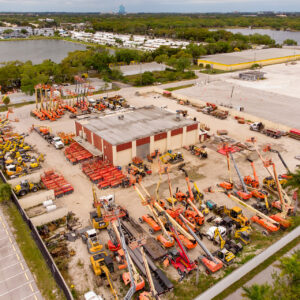This blog’s content was sourced from a webinar recorded on September 23, 2020 at 2PM ET/ 11AM PT with Presenters Kristin Amenson, Debbie Altham and Jeremy Centner, in partnership with Sikich LLP and Microsoft.
When we think about building supply chain resilience, we are talking about using technology to help manufacturers adapt to these changing customer demands. We’ve looked at all of the pieces throughout the organization from the administrative functions to the shop floor to the service techs and understanding how technology can come and help them do a better job at meeting the demands of the customers today.
This technology helps customers adapt to changing customer demands, not only by doing the same things they do today with all this great technology supporting it, but also by being able to support manufacturers who, because of opportunity or because of threats, need to think about entering new markets, finding new customers, or looking into new services. You’re a manufacturer and now you have to think about services, which may or may not be new ground for you.
One system to do it all
First and foremost, your organization needs to look at getting that one consolidated system to fit your global needs. New markets might be opening up across the globe. There might be changes in the supply chain, which means you’re delivering now overseas.
With the Dynamics 365 products, we have all the checks in the boxes: multi-country, multi-lingual in terms of some of the documentation it supports, and, of course, multi-currency. We’ve got all those things covered, including if your organization is planning to open up a new manufacturing facility in a different market. It’s important to make sure that the system is able to work in that particular market. The Dynamics 365 suite of products supports the local requirements of over 35 countries. It even includes ten different varieties of English.
The supply chain is contracting, and manufacturers have to now think about retail and e-commerce as well as many things that were typically further down the supply chain. With that change in the way that the supply chain operates, manufacturers are having to think about how they present their services and present the features within their own business that will support these new ways of doing business.
Dynamics 365 is the best way to adapt to the ever-changing needs of customers and simply the act of doing business.





